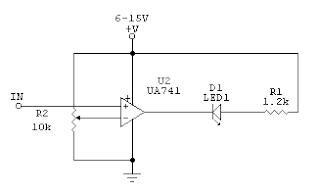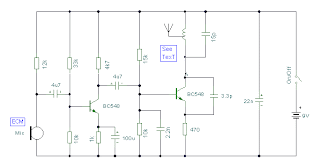12-bit converter upgrades µC's ADC
The simple circuit in Fig 1 and an accompanying software routine let you easily substitute a multichannel 12-bit ADC for the 8-bit ADC internal to the 87C752 µC. A single assembly can then implement both the low- and high-performance version of a system. A socket lets you plug in the external ADC when you need it; otherwise, you plug in the network of 10 100V resistors. At power-up, the µC executes a routine that looks for the external converter.
Source Link : http://www.edn.com/archives/1994/070794/14di5.htm
Labels: digital



